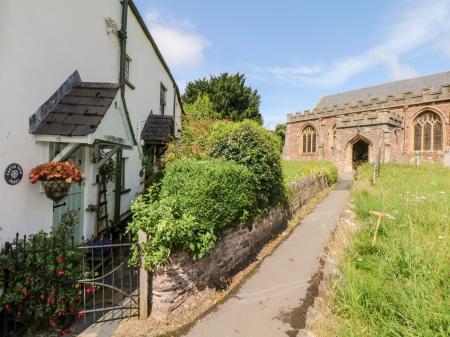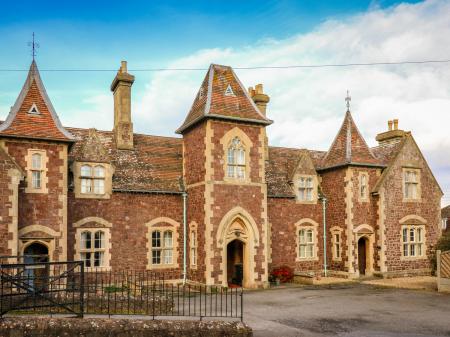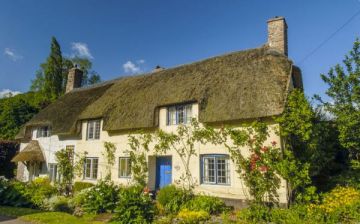
The name 'butter cross' suggests that it was a selling place for butter and dairy merchants, but it is likely that merchants of all kinds gathered at the cross to sell their wares.
The cross has been moved to its current location on the edge of the village and set on a stepped stone plinth. The cross shaft itself is polygonal and is set in a square medieval socket on an octagonal stone base with two steps. The cross stands on a raised mound, or knoll, with a kerb of stones surrounding the plinth. The cross shaft stands 1.1m high. It is square at the base where it inserts into the base and tapers slightly towards the top.
The cross is carved with an inscription reading 'WC,1871,SW'. This might refer to a restoration, though local tradition says the cross was moved to its present location much earlier, in 1825.
The cross is accessible at any time. It is set back from the right side of the road heading out of Dunster towards Alcombe, about 400 yards north-west of Dunster parish church.
Curiously, the Exmoor Park Authority describes the Butter Cross as a late 14th-century wayside cross, rather than a market cross. Wayside crosses were used to indicate popular transportation routes in an age long before road signs. The cross does stand at the junction of four ancient tracks and within view of Dunster parish church, suggesting the possibility that it was placed here to lead people toward the church.
Don't confuse the Butter Cross with the Yarn Market in the centre of Dunster village!


 We've 'tagged' this attraction information to help you find related historic attractions and learn more about major time periods mentioned.
We've 'tagged' this attraction information to help you find related historic attractions and learn more about major time periods mentioned.


